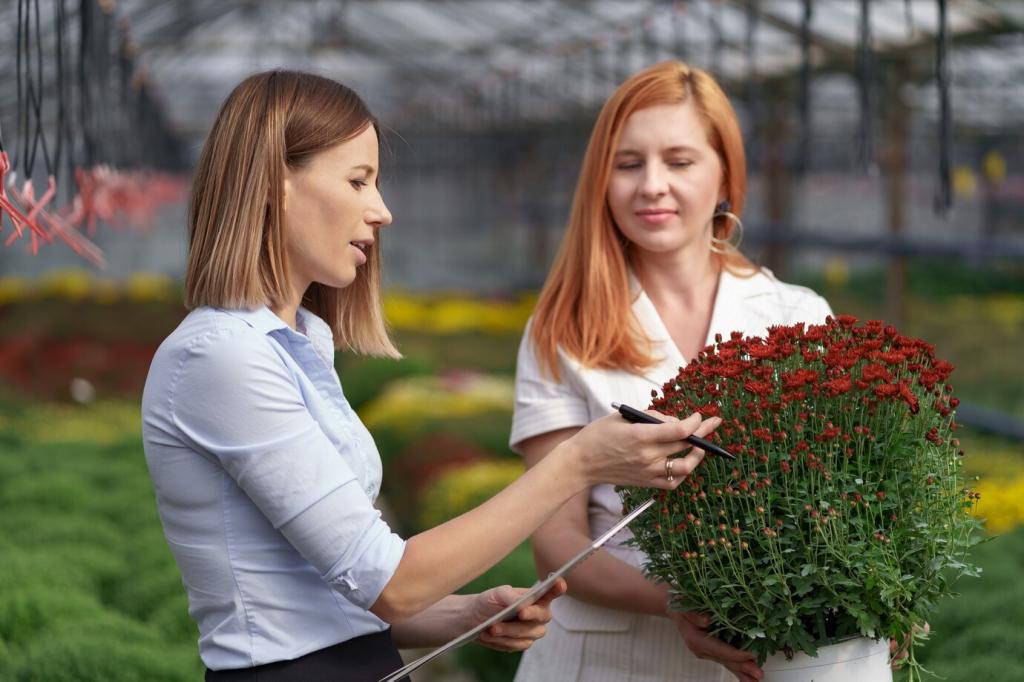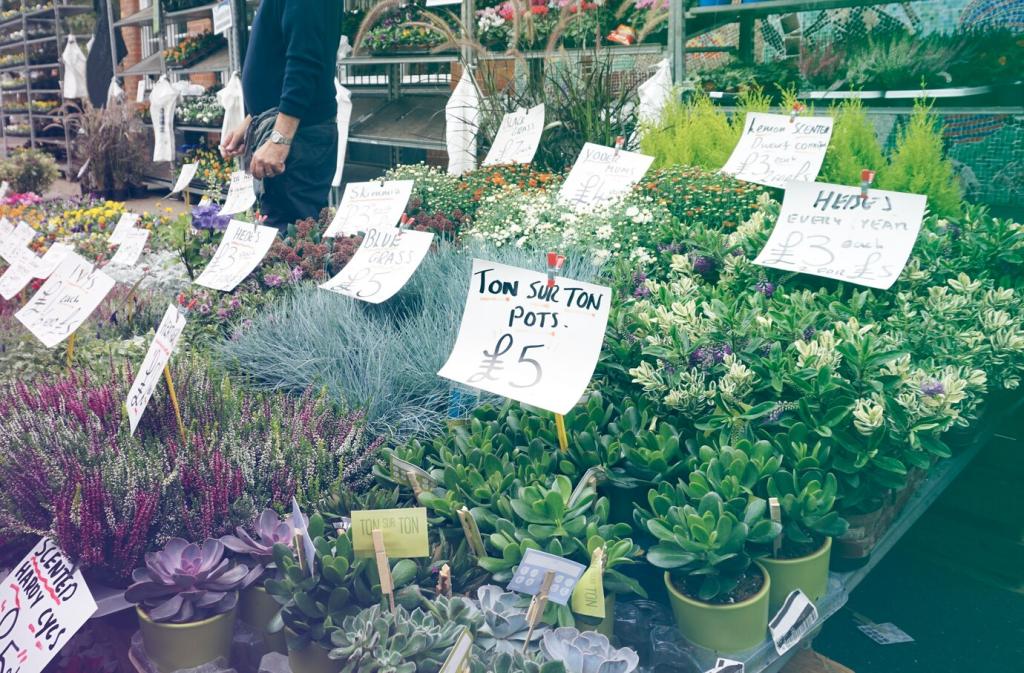Biodiversity and Low-Input Growing
A two-bin system fits most plots: one active, one maturing. Layer greens and browns, keep it moist, and aerate gently. Comment with your carbon sources, and we’ll suggest local options to balance your heap beautifully.
Biodiversity and Low-Input Growing
Top-dress compost, avoid turning soil, and let life do the heavy lifting. Water deeply but less often, then mulch. Subscribe for a seasonal no-dig checklist aligned with spring, summer, autumn, and winter tasks in compact plots.
Biodiversity and Low-Input Growing
Add an insect hotel, a shallow water dish, and a tiny brush pile for beneficials. A child on our lane built one and counted more ladybirds by June. Share your sightings to build a community wildlife logbook.








